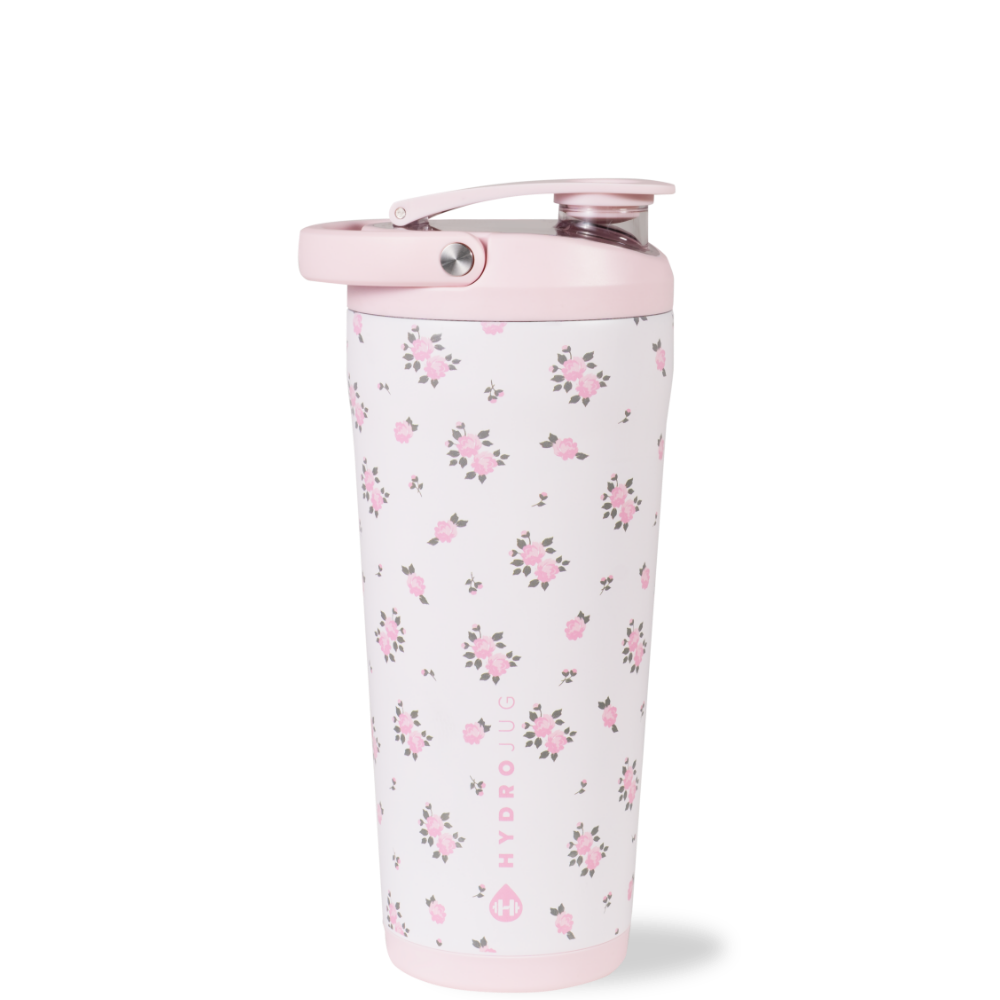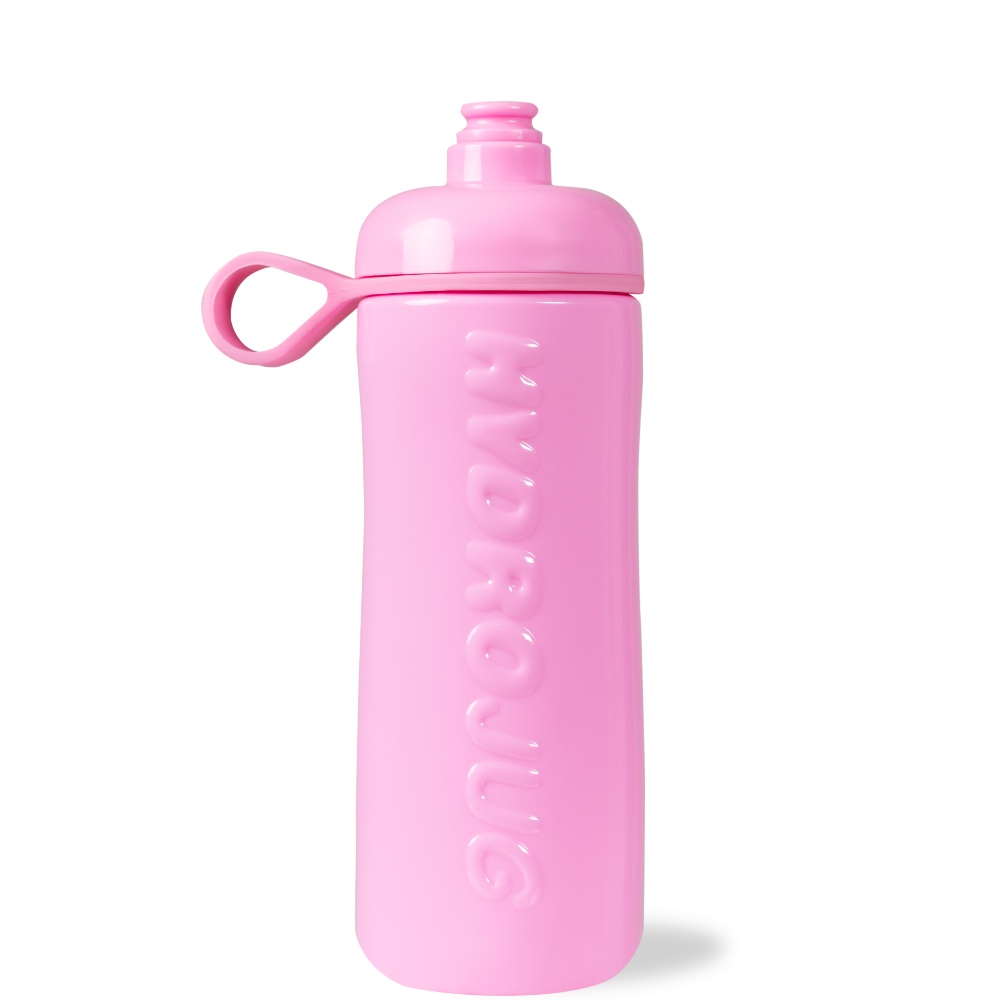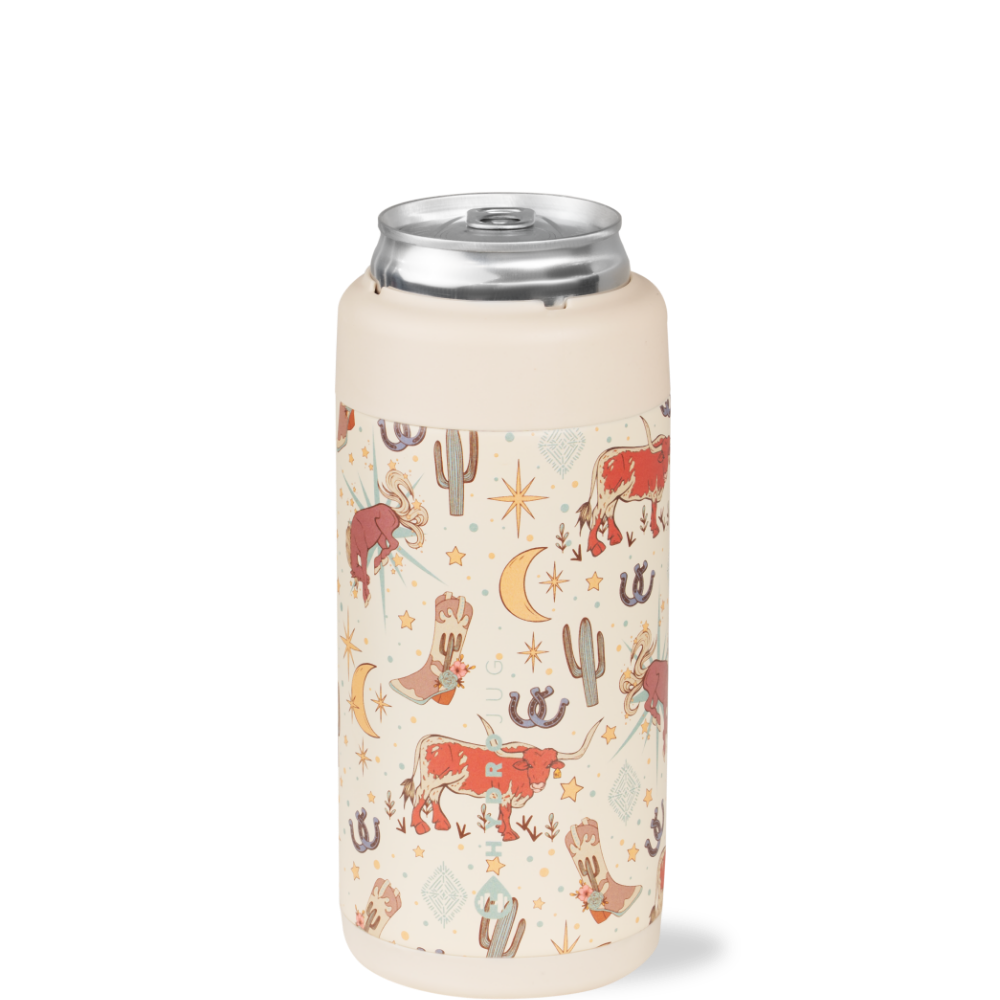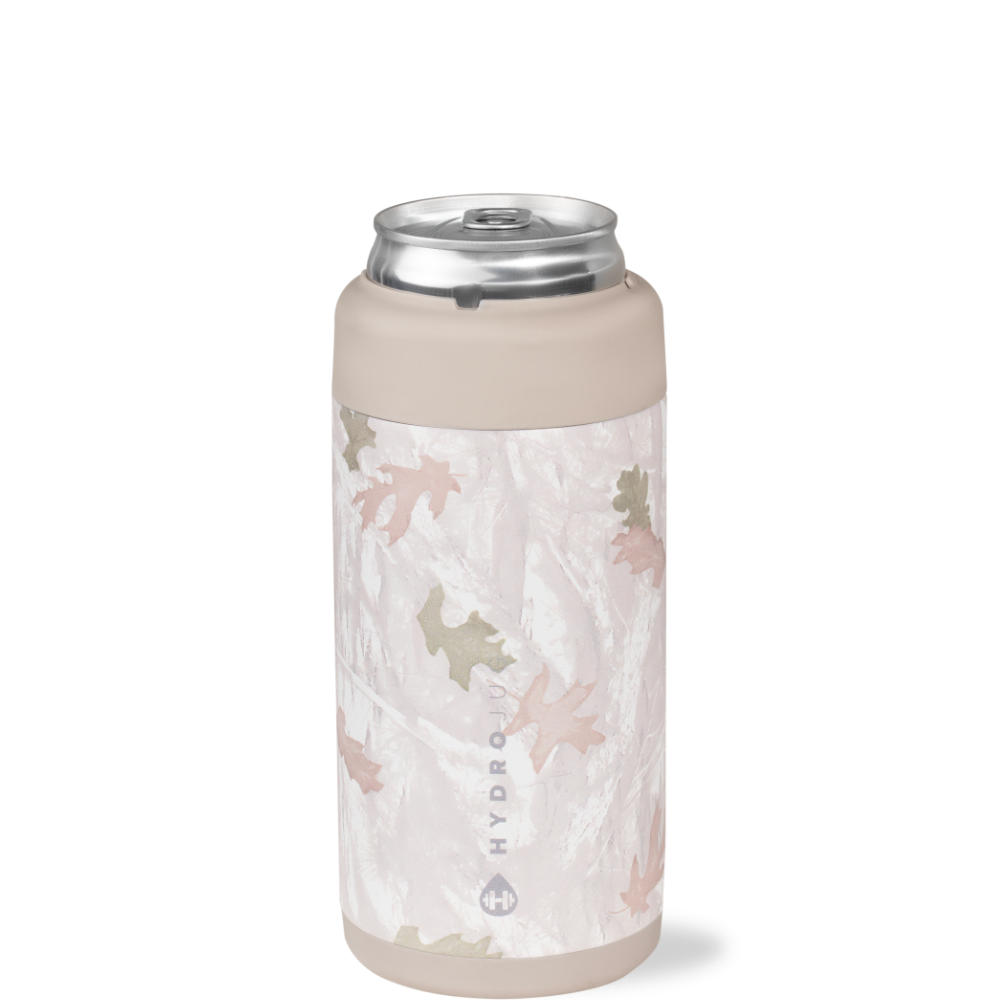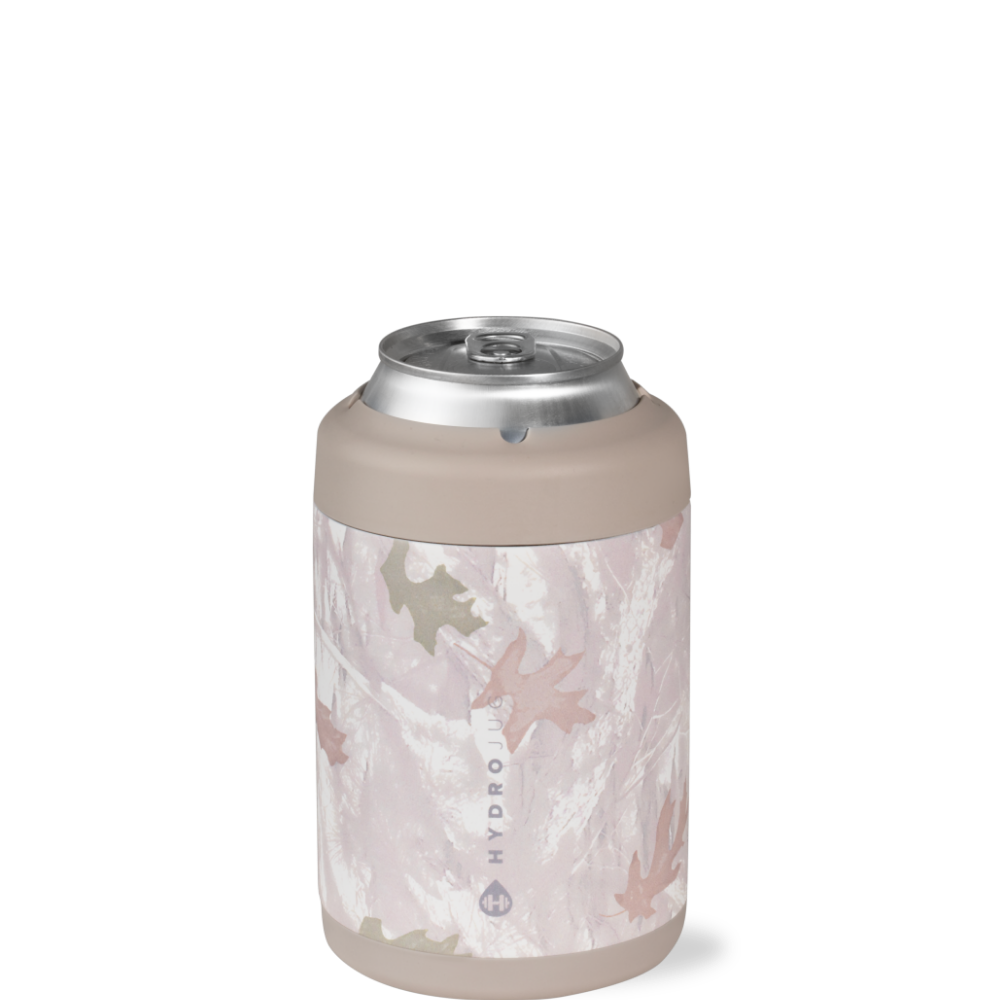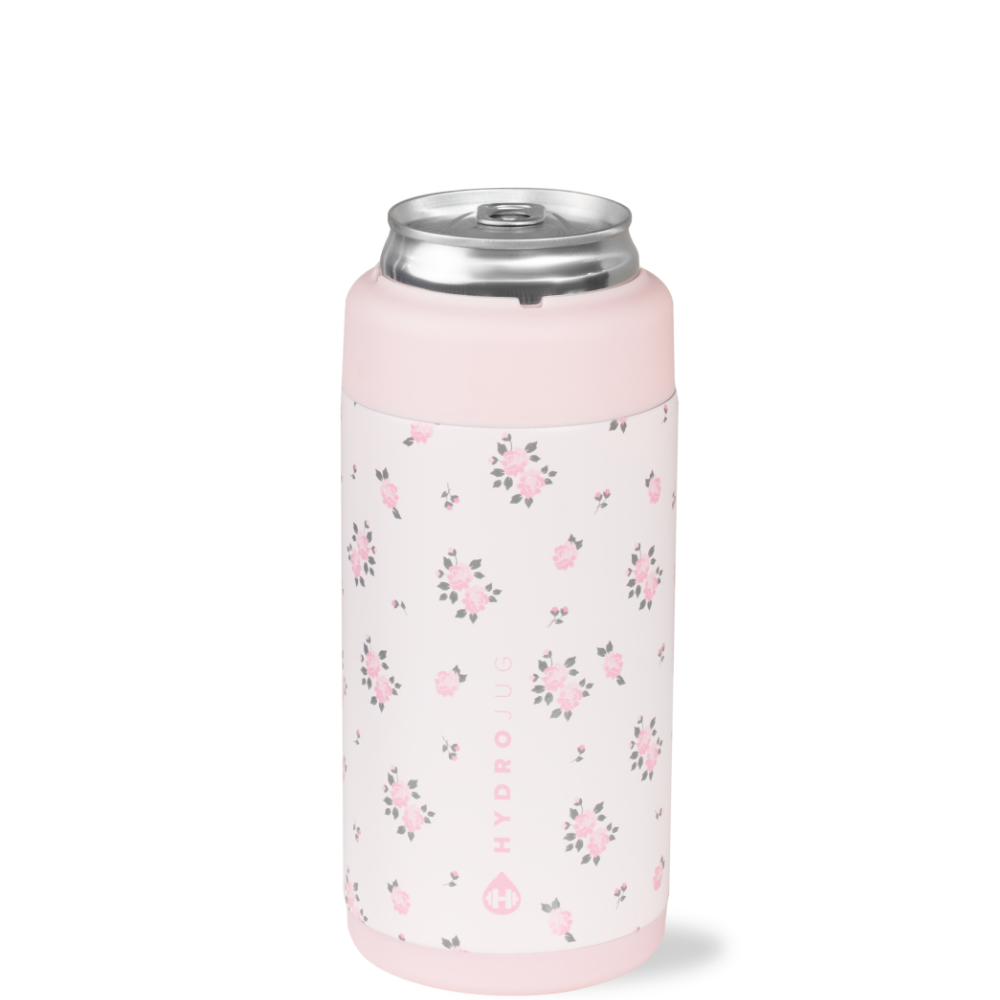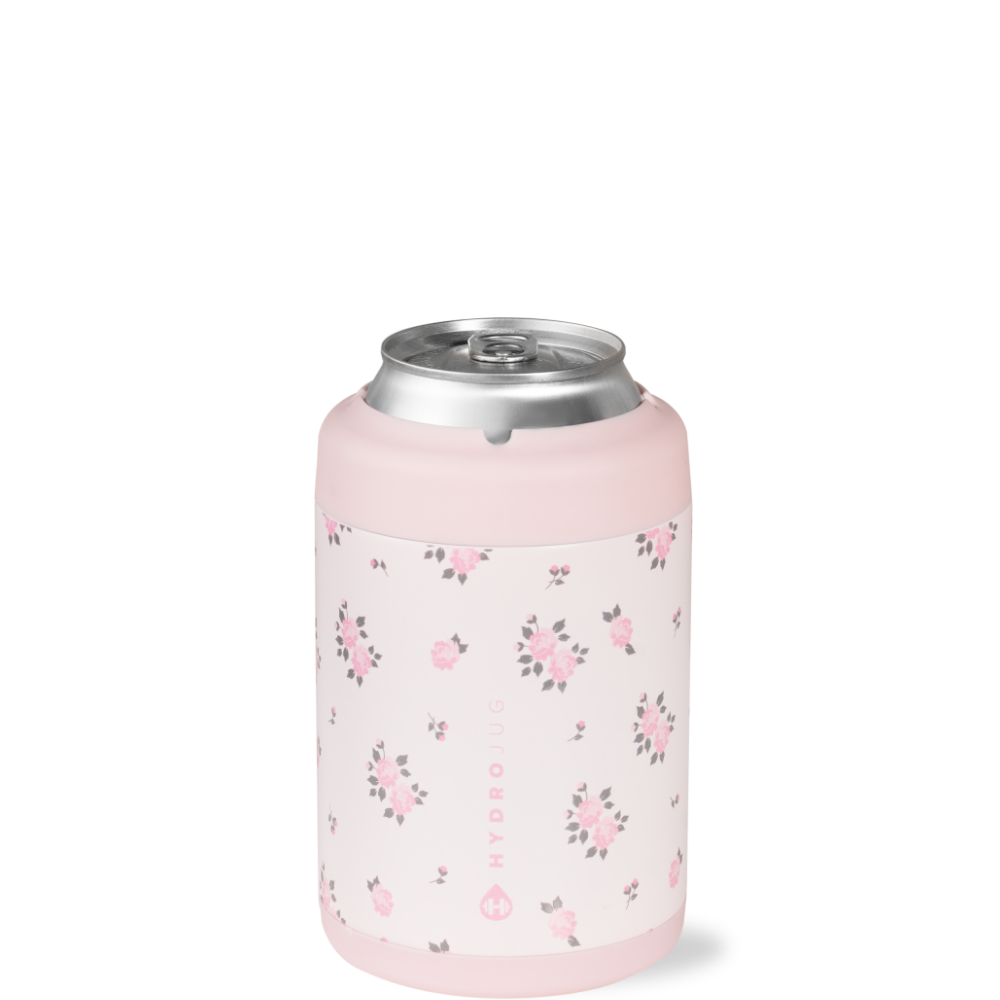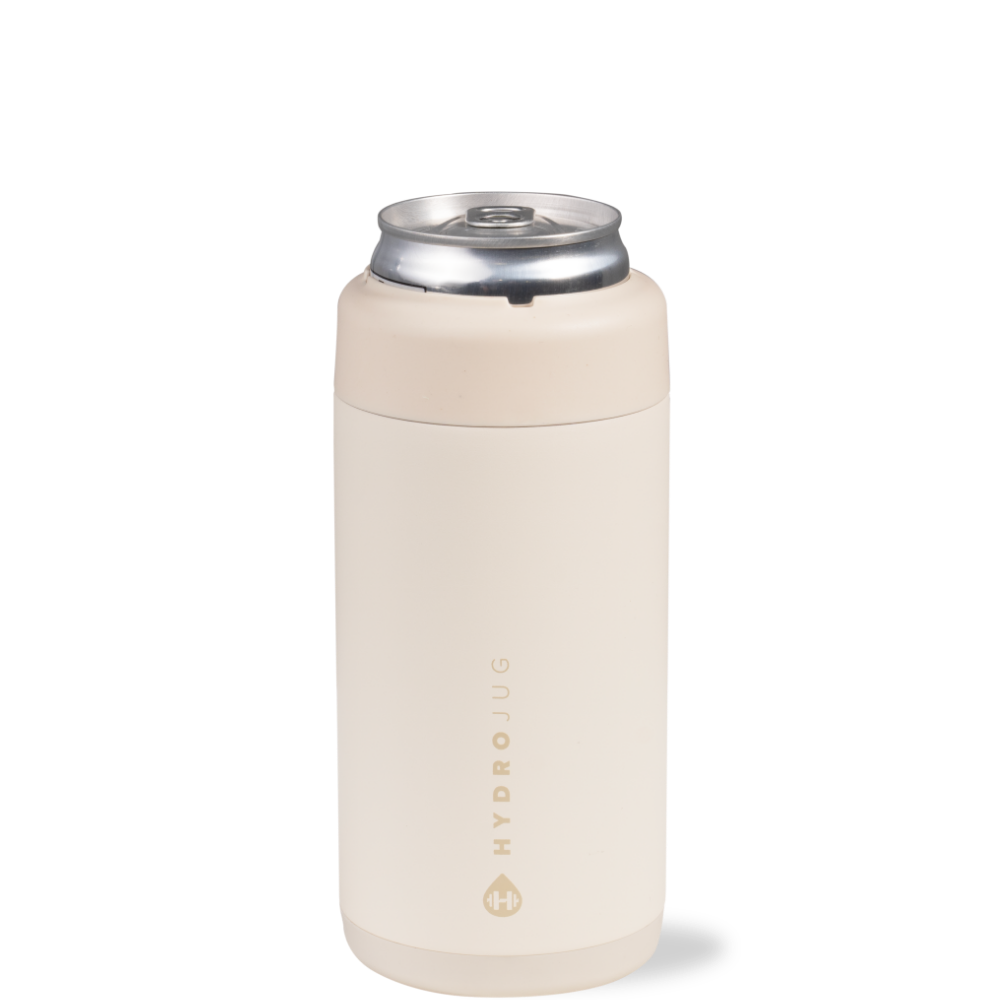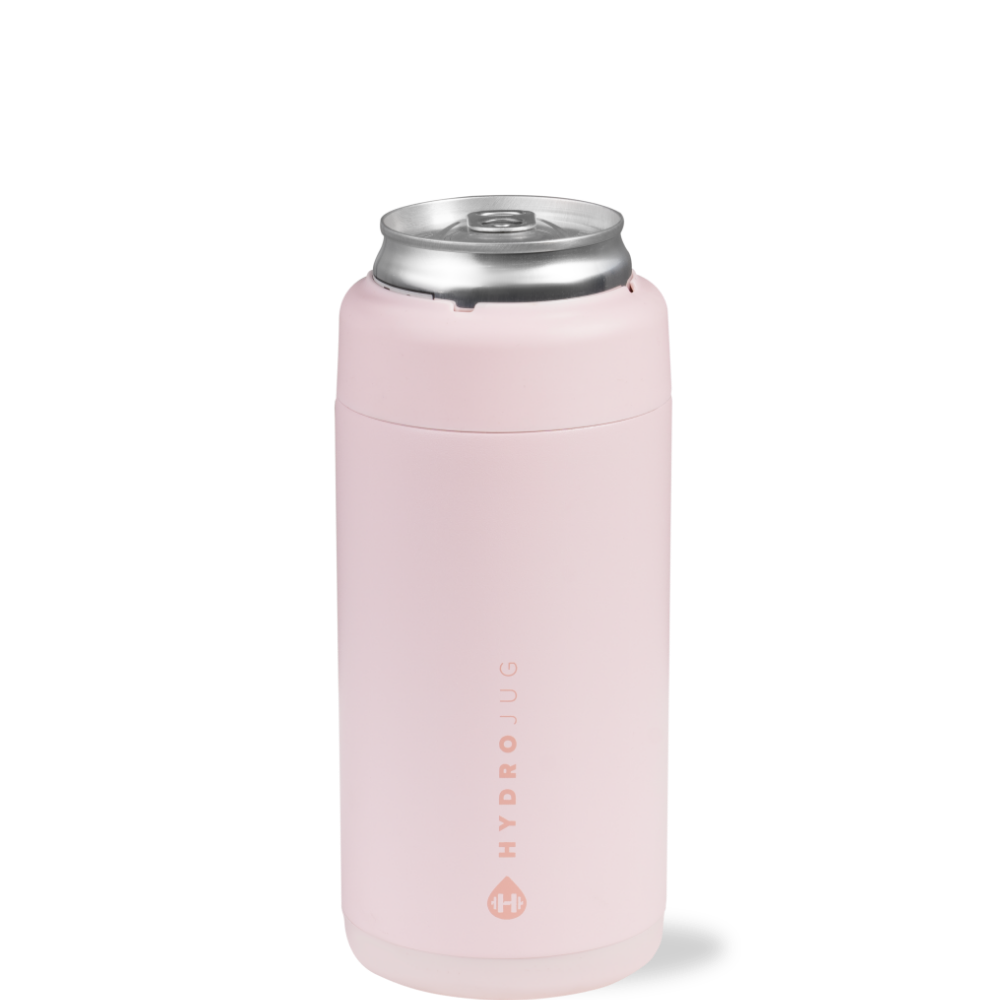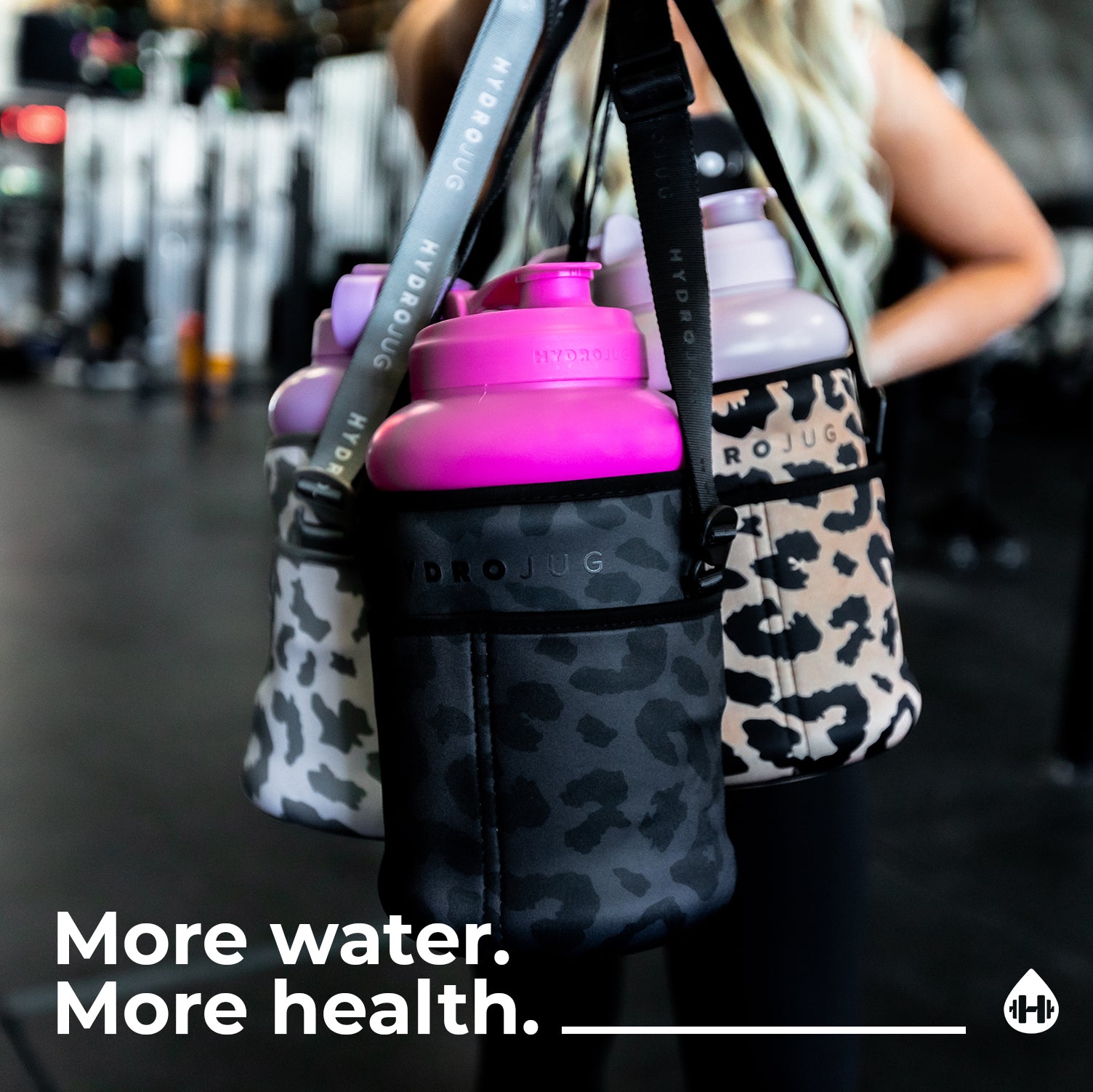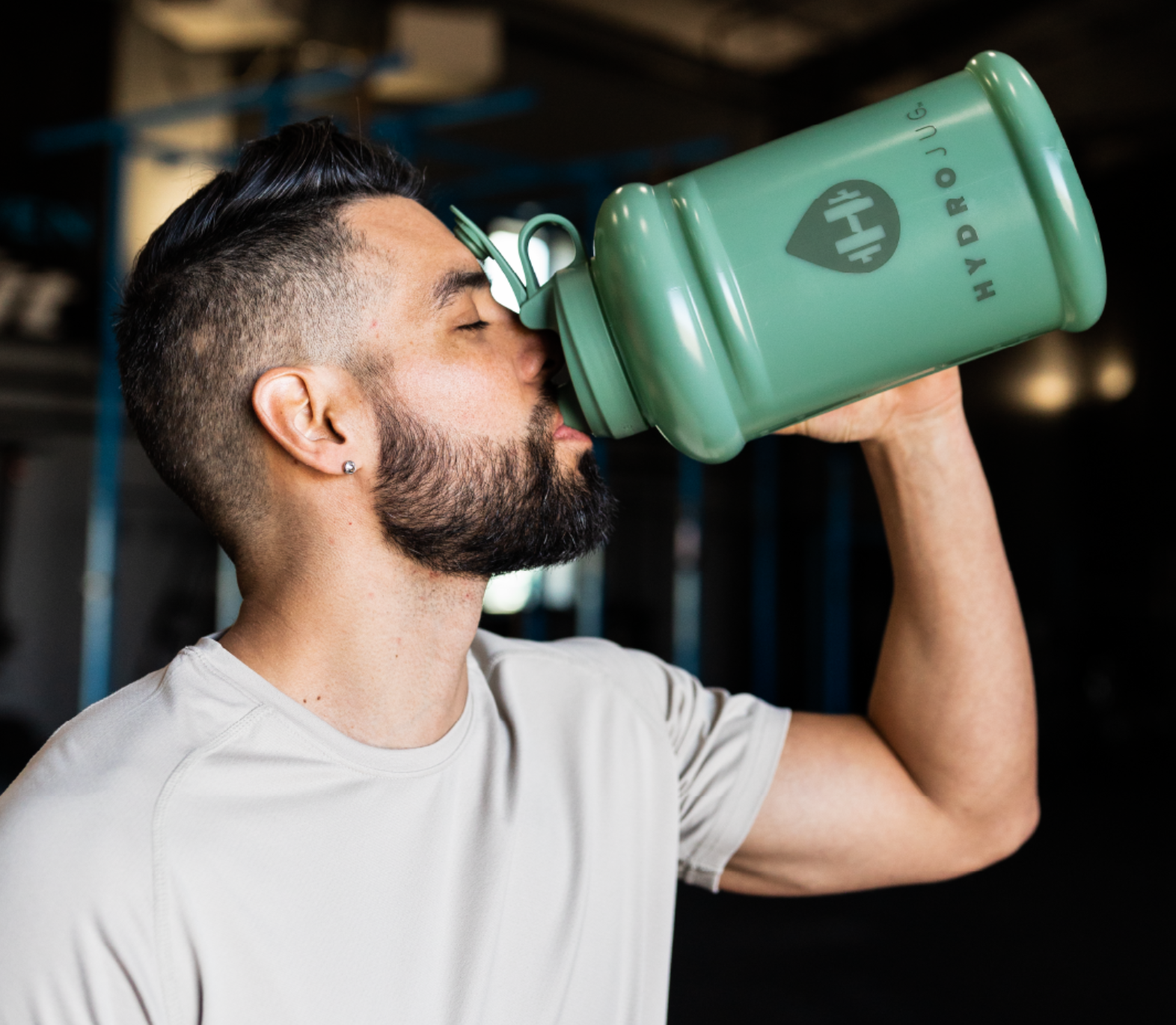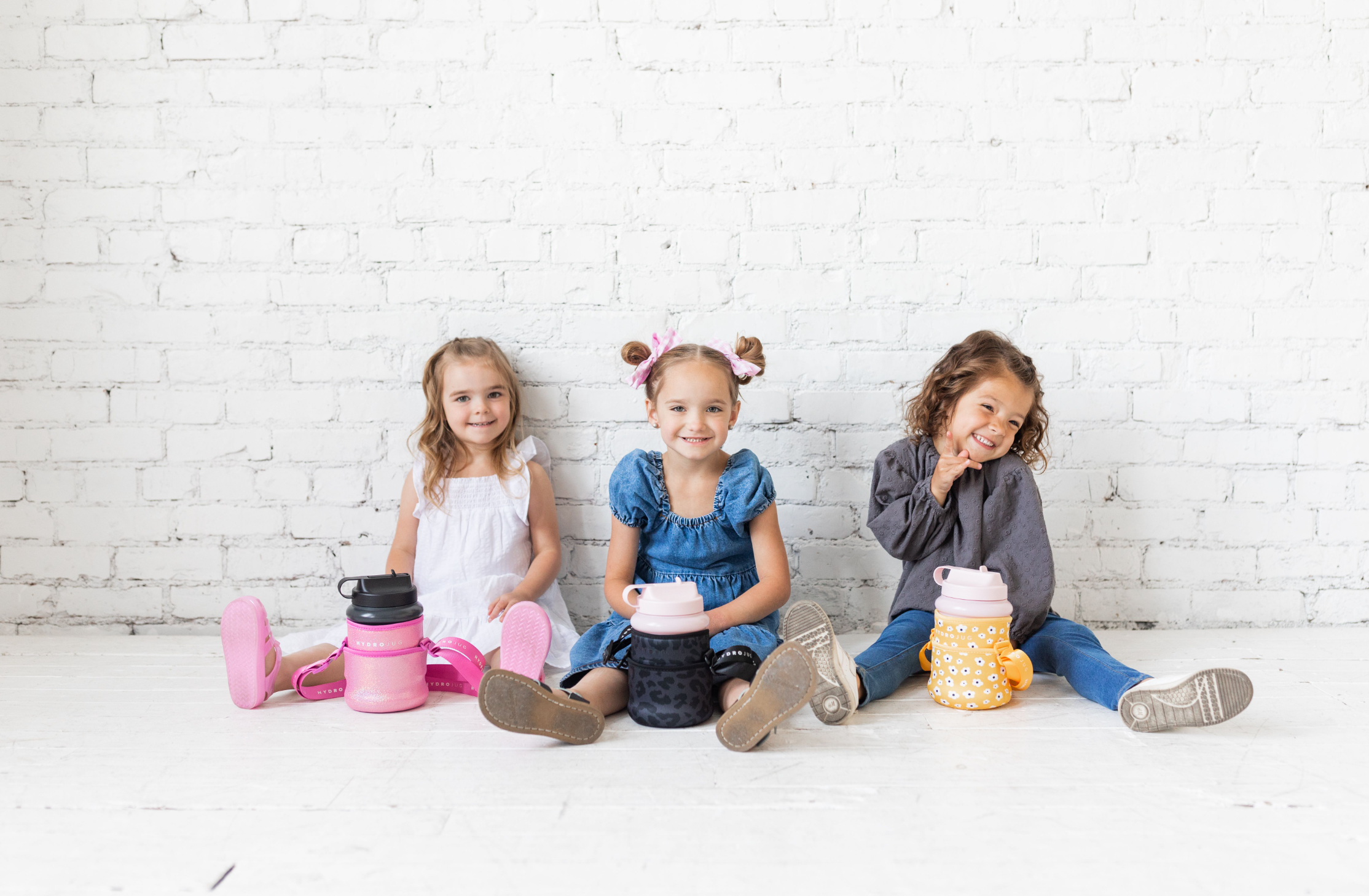
The Ultimate Guide To The Toddler Water Bottle
The best toddler water bottle can be one of the most important tools for your child’s health. As your child transitions from baby to toddler, their needs also shift, from mother’s milk to live-giving H2O. Unfortunately, as most parents will know, ensuring your child drinks enough water regularly isn’t always easy.
During adulthood, a good water bottle can often be an excellent way to remind ourselves to drink more, and ensure we have access to the water we need regularly. When your child is still young, a water bottle can be an equally valuable way to get them used to regular rehydration.
A toddler water bottle is essentially an attractive bottle, specially designed for kids. These bottles often come with spill-proof designs, a straw or spout for simple sipping, and other bonus features.
Here’s everything you need to know about swapping those pesky, non-sustainable plastic bottles with the perfect reusable water bottle for your kids.
When Can Babies Start Drinking Water?
Plenty of fresh, clean water for toddlers can be extremely valuable for your child’s health and growth. However, it’s important to know exactly when your kid needs the best water bottle first. While a little water from time to time is okay for a baby, you shouldn’t be filling a baby bottle with drinking water regularly.
Giving your little one water before they’re 6 months of age can be problematic, as your child only has so much capacity for consuming liquids. This means they need to focus on drinking breast milk/formula to get the essential nutrients they need into their growing bodies.
Before your child reaches 6 months of age, formula or breast milk is all they need to stay hydrated and properly fed. Giving your baby water regularly could mean they drink less formula, or breast milk, which may impair their growth. Excessively diluted formula and large amounts of water can even make your baby unwell.
When your baby reaches around 6 months old, you can begin to introduce them to the concept of drinking water with a tiny sippy cup. Again, it’s important not to give babies too much water at this stage, and water should never replace formula or breast milk feeds.
When to Start Increasing Water Intake
You won’t need to start thinking about water bottles for your kids until they’re at least 12 months old, and moving into the toddler stage. After 12 months, little kids rely less on formula and breast milk for growth. This means you can switch to a combination of water, cows milk, or breast milk as the regular sources of hydration for your child.
If your baby has only recently started on solid foods, it’s worth starting slowly, with a few sips from either a wide mouth cup or a straw cap in between bouts of eating. This will help your child to get used to using a straw, spout, or cup. It can also help to prevent or reduce the risk of constipation, by ensuring they have enough water in their waste.
While your baby’s little hands may not be able to grip a plastic bottle or kids drink during the early months, you can allow them to hold onto a cup or small bottle with supervision.
As your child gets older, you’ll be able to gradually introduce them to drinking more water. Eventually, water should become the primary drink for your child, over anything else. Toddlers will especially need plenty of water to keep them hydrated when they start walking, running, and playing independently.
Having an insulated bottle of cold water or a BPA-free plastic bottle on hand when you’re exploring the great outdoors in hot weather will be useful. As your child gets older, you’ll be able to teach them how to use a plastic bottle, or their own dedicated water bottles.
Most kids prefer to have their own bottles, and older kids might even opt for specific styles of water bottles, like a personalized kids’ water bottle.
When can toddlers drink from a water bottle?
Technically, as soon as your child reaches the 6-month mark, they’ll be able to start experimenting with holding onto water bottles, sippy cups, and other similar products. Generally, it’s best to look for a leak-proof water bottle for this experimentation period, as there’s a good chance your baby will drop their water bottle quite frequently.
However, although babies over the 6-month mark can start to drink small amounts of water alongside their breast milk, it’s important not to let them drink too much. Babies under 6 months should only ever drink very little tap water which has been boiled and allowed to cool.
When your child gets to the point of drinking from water bottles on their own, it’s important to choose the right bottle. A toddler should be able to grip and use a simple, modern water bottle on their own with very little assistance—and it should be the right size for their little hands.
However, it’s generally not a good idea to simply give your child the same water bottles you would get from the fridge section of a store. Many commercial water bottles come with extra flavorings, preservatives, and sulfates in them. There’s also the risk of BPA in plastic water bottles sold commercially worldwide today.
Instead, you’ll need to ensure you choose a BPA-free plastic or metal water bottle. A glass water bottle is likely to be less of a popular option for kids during the early years of their lives, as it can be heavier, and may be easier to break.

How much water should your child drink?
The amount of water your child needs to stay healthy will increase as they age. When your child reaches the 6-month mark, you can introduce them to small amounts of water – usually around 4-8 ounces per day.
When your child is between 1 and 3 years of age, they’ll need around 4 cups of beverages like water per day in the toddler stage. You can give your child water entirely from their own water bottles, or you can provide a combination of milk and water. As your child gets older, they’ll need more water. For instance, 4- to 8-year-olds need around 5 cups of water per day.
When looking into your kids’ water needs, keep in mind that different children may have different requirements. Depending on your child, your doctor might recommend giving them more water.
When your child is a toddler, their desire to drink extra water won’t necessarily be a bad thing. You may also find your child generally needs access to more water in certain situations. For instance, kids will often drink more during the summer to battle the heat.
During activities, such as outdoor sports, you’ll need to ensure you have a kids’ insulated water bottle available at all times, so your child can replace the moisture they’re losing through sweat.
How can I keep my child hydrated?
Once your child reaches the age when they can drink virtually as much water as they like, the biggest challenge for most parents is convincing children to drink the right liquids. Kids are naturally drawn to sugary and flavored beverages, so it’s common for them to see water as “boring”.
As a parent, you need to find a way to make your child’s water bottle more enticing.
The first step is to choose the right water bottle and customize it to suit your child’s needs. Kids love having things that are unique to them, so allowing them to choose their own insulated water bottles with a fun water bottle sleeve will make them more likely to want to keep the bottle around. A sleeve will also help to ensure little hands can grip water bottles easily.
Aside from choosing the right bottle for your children, there are a few other steps you can take to potentially improve your child’s chances of staying hydrated:
- Set an example: Drink from your own water bottle regularly and take it with you wherever you go. Children are like sponges for information, and they often repeat what their parents do, even without thinking. If your child sees you appreciating and using your own water bottle, they’re more likely to fall in love with their bottle too. If you don’t have a water bottle of your own, now is the time to invest.
- Be prepared: Think carefully about how much water your child might need on any day. As a parent, it’s easy to forget about things like packing extra water or filling your child’s water bottle. You have a million other things you need to do regularly. However, if you know the weather will be hot when you’re out on an excursion, or your child is going to be active, it’s important to be prepared.
- Set a schedule: If your child is usually running around at top speed through the day with a hectic schedule of their own, it can be easy for them to forget to drink. Since they probably won’t be ideal at monitoring their own time yet, you’ll need to make sure they’re drinking regularly instead. Setting small alarms to remind you all to sit down and take a water break can be a good way to ensure the family stays hydrated.
- Check in: Even as adults, it’s not always easy for us to figure out when we’re thirsty. Generally, staying hydrated means drinking plenty of water before you realize you’re gasping for a drink. A good way to encourage your child to be more aware of their thirst, is to check in every hour or so to ask them how they’re feeling and whether they need a drink. Remember, according to the American Academy of Pediatrics, children weighing around 88 pounds should be drinking 5 ounces of water every 20 minutes on average.
- Know what to avoid: Certain foods and substances increase your child’s chances of feeling dehydrated. While it’s unlikely you would ever knowingly give caffeine to a child, it can be present in a range of sugary drinks. This substance is a natural diuretic, which means it causes your child to go to the bathroom more often. When your child is constantly peeing, they’re going to need to replace their water stores more regularly.
Aside from following the steps above, it’s also worth making sure you know how to spot potential signs of dehydration in your children. A child won’t always know to tell you they’re feeling incredibly thirsty – particularly when they’re very young. However, they may tell you about some symptoms you can associate with thirst.
For instance, if your child is feeling nauseous, has a headache, or is overly tired, this could be a sign they’re not getting enough water. You may also have a dehydrated child if you notice they’re not going to the bathroom as often as they usually would.
What bottles are best for toddlers?
Giving your child a water bottle of their own is one of the best ways to make sure they’ll want to drink more often and carry water with them. But sometimes, it's difficult to determine which insulated water bottle is right for your child.
Bottles for children come in a range of different shapes and sizes. Here are just some of the points you’ll need to consider when looking for the best water bottles.
- Material: Water bottles today come in a variety of different material options. You can get a stainless steel water bottle for your child, which can be more sustainable and last a little longer than a plastic alternative. However, a stainless steel bottle won’t be the right option for everyone, as these kids water bottles can be quite heavy. If you want something simple and affordable, a BPA-free plastic bottle is fine too.
- Comfort: Although we don’t think much about how comfortable it is to hold a bottle when we’re buying for ourselves, this is an important consideration for children. Kids water bottles need to be ergonomically shaped to suit little hands. It needs to be easy for your children to pick up their bottle and drink from it regularly without your help:
- The lid: One of the most important components determining the kind of experience your child gets when drinking from their bottle is the lid or spout. The spout for a kid’s water bottle needs to be very easy to use, with a completely spillproof closing section. Some products come with a straw built in, making drinking a little more fun for some kids. Make sure the lid locks closed whenever it’s not in use.
- Easy cleaning: You need to make sure you can maintain your child’s water bottle properly so they can continue to use it. Remember, some bottles have a dishwasher-friendly body, but you may need to wash the straw lid separately.
- Capacity: The capacity your kids’ water bottle should have will depend on how they’re going to be using it, and your child’s age. For instance, a small bottle would likely be fine for quick trips out in the car when your child might need a drink. On the other hand, if your child is going to be relying on their water bottle for a full day of school, you might need a larger capacity.
- Accessories: Bonus features can make a bottle a lot more appealing to your child. For instance, a straw lid will make it more fun to drink from the spout of your child’s steel or plastic bottle. A strap they can use to carry their bottle more easily might be helpful for hiking trips and exercise. You can even look for bottles with their own sleeves which help to reduce condensation and make the bottle easier to grip.
Remember, whenever shopping for a child’s water bottle, it’s important to consider whether the bottle is BPA-free. Bisphenol A is one of the most dangerous chemicals found in many plastics today.
Some bottles are intended specifically for children of a certain age, because of access to small parts, which could be a choking hazard. It’s worth checking the information you can find on the product’s description page to see if the bottle you choose is suitable for your child.
What types of kids’ bottles are there?
The good news for parents in search of the perfect water bottle for their toddler today, is there are plenty of options on the market. Depending on what kind of kid’s water bottle you’re looking for, you can find products with their own straw spout or plastic bottles which collapse when they’re not in use, so your child can easily store their bottle away in a backpack or pocket.
The two most common kinds of kid’s water bottles are plastic or stainless steel. Stainless steel is a little more sustainable than plastic, as it often lasts for a lot longer, and can be endlessly recycled when you decide it’s time to throw your bottle away.
For instance, a steel water bottle won’t leak any flavors or substances into your child’s drink. This means even if you used the same water bottle for juice previously, your child won’t be able to taste the left over flavor from the straw or spout.
Of course, a steel water bottle can be a little heavier for some children, and not all of these devices will necessarily be dishwasher friendly. It’s worth double-checking what your steel bottle can do before you start splashing the cash.
Alternatively, you can simply stick to a standard BPA-free plastic water bottle. Provided you take extra steps to ensure the bottle doesn’t have any BPA or other dangerous chemicals in it, you should still be able to give your child a safe drinking experience.
Usually, plastic water bottles will come with a wider range of design options and extra features to choose from. These bottles even come with a range of lid options, from a straw lid to an easy-to-use standard spout. The right lid for your child will depend on their preference.
What is the safest water for a child?
The safest water for kids has been a topic of debate in the past. Some people believe the best thing you can do is to give your child bottled water, while others simply think it’s best to stick to well water. The first thing you need to know is that not all bottled water will be safe for babies. Some substances come with extra ingredients and sulphates which need to be considered.
Tap water will usually be the safest option for your child, provided you’re in an environment where you know the tap water is safe to drink. This is because the majority of tap water worldwide goes through extensive filtration processes to make sure it’s as clean and healthy as possible.
Suppose you’re ever in a position where you may need to get water for your child from a well. In that case, you’ll need to ensure it’s been tested for any signs of copper, mercury, viruses, bacterial, selenium, lead, aluminum, or ammonia.
While some people have shared concerns about the fluoride in tap water in the past, the reality is you simply need to avoid giving your child access to more than 1.5 milligrams of fluoride per litre of water. As mentioned above, boiling your child’s tap water before giving them a drink will be crucial if your baby is under 6 months of age.
How can I make my kids excited to drink water?
Getting a child excited about drinking water isn’t always as simple as it seems. Water can be a “boring” drink for some children, so find ways to spice things up and get your child interested in their water bottle.
Starting with the right high-quality water bottle is one of the most effective things you can do. Allowing your child to choose their own special water bottle that only they can use will make them feel like this bottle is important. Once your child chooses their own fun or motivational water bottle, all you’ll need to do is make sure they can easily access that bottle wherever they are.
Other ways to get your child excited about drinking more water include:
- Freezing fun ice cubes: Ice cubes can add a little bit of extra fun to a water bottle, particularly when they’re frozen in interesting shapes. You could even go a step further and freeze fruits inside of ice cubes. These fruits will help to infuse the water with flavor.
- Infuse the water: Adding bits of mint, lemons, berries, and cucumber to your child’s water is a fun and healthy way to give the drink a natural flavor. This can be an ideal alternative to relying on fizzy drinks and fruit juice.
- Make drinking water a regular habit: Have fun regularly drinking together all using your own favorite bottles and cups. When your child sees you drinking water regularly, they’ll be more likely to want to do it themselves.
- Try a straw: A bottle with a straw included, or a fun swirly straw, can give the drinking experience an air of fun. Sometimes the smallest accessory can make the biggest difference to your child.
- Reward regular drinking: Consider giving your child a gold star on a chart when they drink the right water each day. These gold stars could add up to a special treat, like a glass of their favorite juice.

How can HydroJug keep my whole family hydrated?
With high-quality, durable, and beautiful water bottles to suit the whole family, HydroJug ensures everyone in your life can stay hydrated. A wide range of attractive water bottles in different sustainable materials, like stainless steel and glass, ensures you can enjoy the benefits of a great water bottle for longer.
As a bonus, HydroJug bottles come with extra features like straps and handles, to ensure you can carry your jug with you wherever you go.
Why not check out the HydroJug collection today, and pick something for the whole family?
















